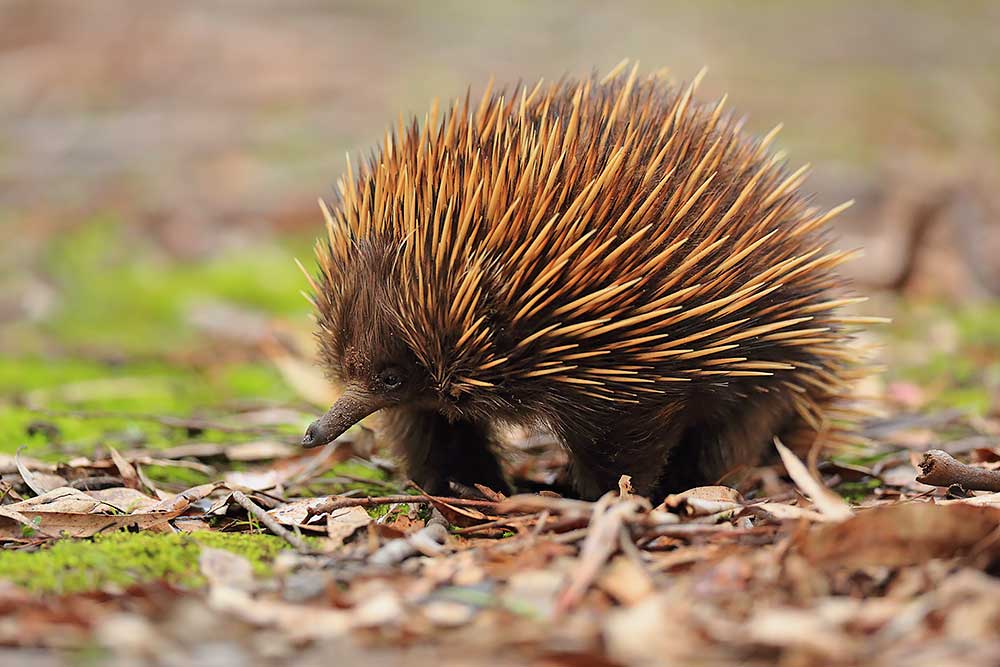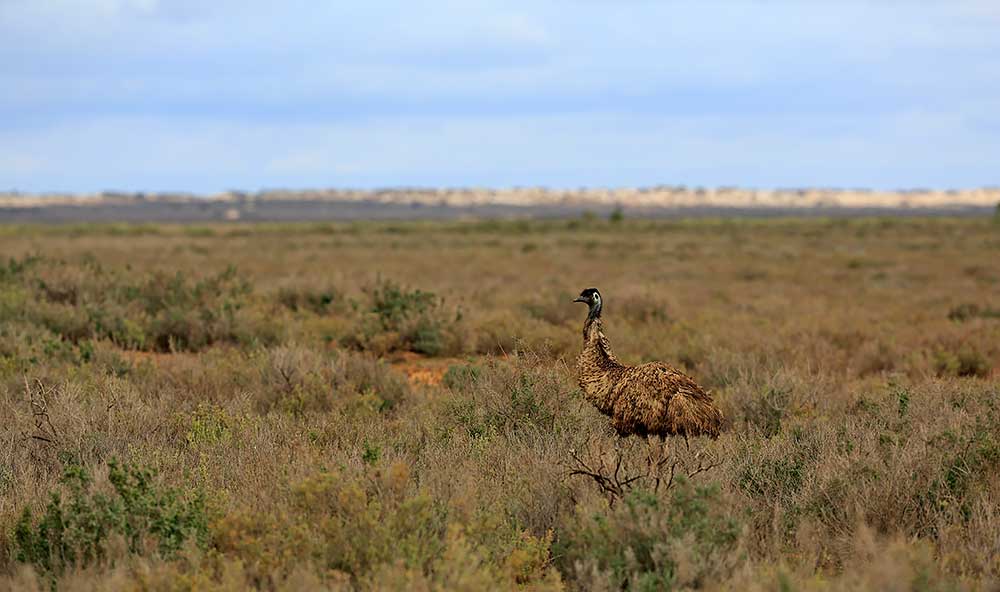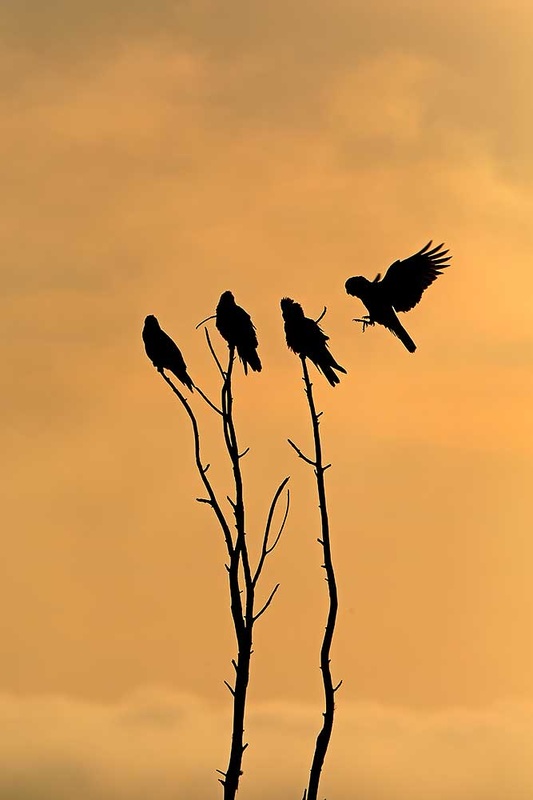|
After our little stay on the bank of the Murray River, it was time to head to what is becoming increasingly known as Australia's Galapagos. Kangaroo Island is located to the south-west of the Fleurieu Peninsula and home to astonishing variety of wildlife. Some of this wildlife has been introduced but others are found nowhere else in Australia. We caught the morning ferry and started our drive across the 150 km island hoping to camp on the edge of Flinders Chase National Park. With a quick stop in the island's main township of Kingscote, we arrived at our camp site after a couple of hours (driving slowly to avoid the plentiful wildlife). Within a few minutes of setting up the tent we decided to go for a little walk around the campsite and it wasn't long before we found a particularly obliging critter ... This large Koala was in its shaggy winter coat and was on the move to try and take advantage of a small patch of gum trees. It's really unusual to see a Koala on the ground, particularly one that wasn't afraid of my presence. It was an incredible half an hour to watch this spectacular Koala making its way across the forest floor. What really amazed me was the fact that the Koala had to keep stopping regularly as it was simply too exhausted to carry on. It eventually found a tree it was happy with and went about the laborious climb up to the high branches. We thought it was best to leave the Koala in peace and allow it to rest for the remainder of the afternoon, we went on a slightly longer walk in search of some of the other wildlife that can be found on the island. It was within only a couple of minutes that my girlfriend spotted the unique Short-beaked Echidna. These again can be incredibly shy creatures and you have to be very careful not to scare them. The Echidna is a monotreme, like the Platypus, meaning that they are egg laying mammals. Having not seen any Echidna on our journey so far, it seemed that Kangaroo Island was awash these funny little mammals. Over the next few days we encountered 15 different individuals but none posed as nicely as the one above. The area is also famed for the Tammar Wallaby which is surprisingly small. Sadly these tiny little marsupials are only found in a few select locations across Australia but they seem to be thriving here. The coastal wildlife is just as impressive as that found on terra firma, particularly the eared-seals found at a variety of locations across the island. There is one place on the island that I had read about as a a truly spectacular landscape, Remarkable Rocks, they certainly live up to the hype ... Overall it was an amazing few days on Kangaroo Island but I only wish I could have had more time to really do the island justice. We were blessed with the weather, for the most part, and the wildlife was incredibly cooperative but we just didn't have the time or the money to really make the most of this incredible destination.
2 Comments
Having travelled down the New South Wales coastline it was time to head inland on this last part of our Aussie adventure. Our first stop was in the rural town of Goulburn, there wasn't much in the way of wildlife there but we had heard of a place called Kangaroo Valley. This, as you might expect, is a valley home to plenty of Kangaroos but it wasn't these critters we were after. We had also heard that the valley was home to a thriving population of Wombats. Up until now we hadn't found any wombats so we really hoped that we might be in luck ... we certainly were as you can see below! We then headed further inland, across the Hay Plain towards the farming town of Mildura in northern Victoria. This is one of Australia's fruit growing capitals but nearby is the remote Mungo National Park. We headed out early on morning driving off the main highway onto a gravel road, an incredibly long gravel road of nearly 100 kms. After a few hours, we finally arrived at this wild landscape in search of the Red Kangaroo. This was the only chance on our trip to Australia that we might see this incredible desert survivor, so we had to make the effort. We struck gold, not only seeing the Red Kangaroos but also the Western Grey Kangaroos and wild Emus. The next leg of the inland part of our journey took us across another state border to South Australia. We followed the Murray River from Mildura towards the riverside town of Mannum. Nestled right on the edge of the winding river it was a bird-watcher's paradise with a very obliging community of Brush-tailed Possums just to top it off. The possums were fantastic and we loved the mother with her young baby, the images just don't really show the difference in their size. The next morning we awoke to a valley full of a thick mist and I knew I had to go to the waters edge and see what subjects I could find. The Black Swans and the Galahs were just superb and so cooperative, it was a truly magical morning. The next part of our journey is to the magnificent Kangaroo Island so come back soon and check it out!
|
AuthorBret Charman Archives
July 2024
Categories
All
|























